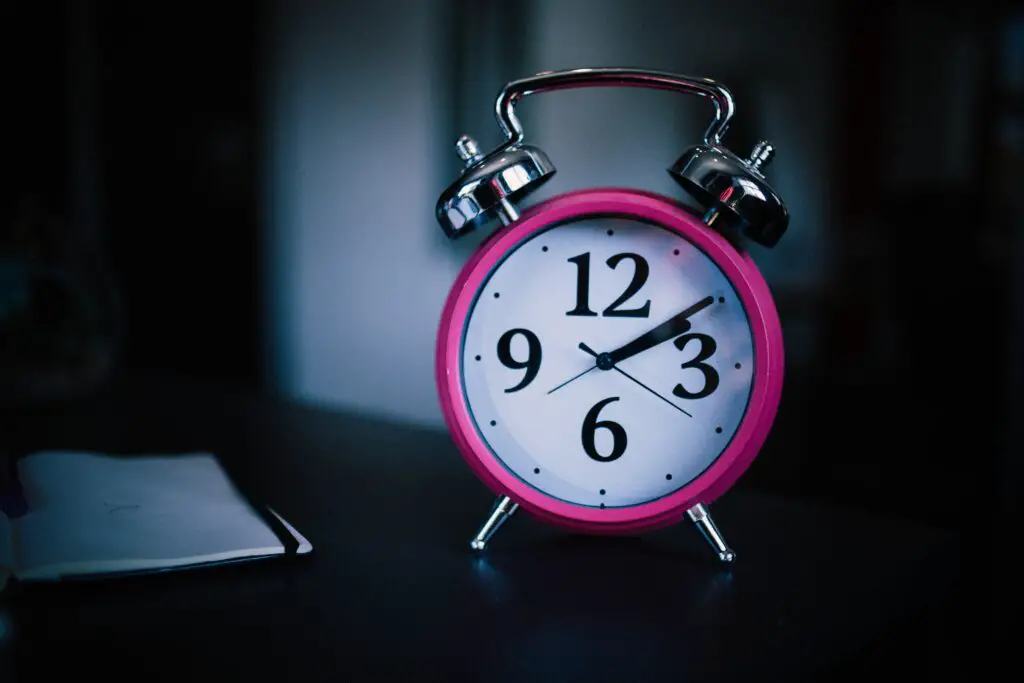Table of Contents
Adjust Sleep Cycle, Sleep Aids on Plane, Hydration Can Help
Anyone who has traveled across the country or overseas knows the problems a long flight can make. Circadian rhythms (the body’s sleep-wake cycle) are completely disrupted, compounded by a feeling of fatigue and general malaise just from flying.
Here are several remedies to help avoid or reduce the symptoms of jet lag.

Adjust Your Sleep Cycle
Adjust your body’s sleep-wake cycle for a few days if you can. If you’re traveling east, go to bed earlier for a few days before your flight. If you’re traveling west, try to stay up later. Shifting by an hour each day is optimal, according to the Mayo Clinic, but it can be difficult to do.
Sleep on the Plane Traveling East
Any airline travel can be tiring, and dozing on the plane can help. But if you reset your watch to the destination time and try to sleep when it is dark there, it will help you get through the next day. Using a sleep mask and ear plugs can help, as will a window seat where you won’t be disturbed as much.
Avoid Eastbound Red-Eye Flights if Possible
Leaving New York at 7 p.m. and landing in London at 8 a.m. means you have the whole day to get through. If you haven’t slept on the plane, the fatigue will be even worse. While red-eye schedules are common on transatlantic flights, jet lag will be easier to cope with if you can find a daytime flight. Leaving at noon and landing at one a.m. lets you go to sleep during a normal night schedule when you arrive.
Choose Daytime Flights Traveling West
If you’re flying west, plan the opposite. Leaving London at 7 a.m. and arriving in New York at 10 a.m. allows you to go to bed in mid-evening and hopefully have a good night’s sleep.
Should You Use Sleep Aids on a Long Flight?
Mild sleep aids (Unisom, Nytol, Tylenol PM, etc) or prescription-strength sleeping pills (Ambien, Lunesta, etc.) can help you sleep on the plane. However, they come with risks and should only be used after consultation with a physician.
Movement on a flight is important for good circulation. Sleep aids can take away the opportunity to walk up and down the aisle or do leg exercises in your seat. Without exercise to increase circulation, travelers can develop deep vein thrombosis, blood clots in the legs that can lead to lung problems, heart attack or stroke. Check with your doctor before using a sleep aid during flight.
If you do choose to use a sleep aid, be sure to try it before you travel. During a long flight is not the time to find that a particular medication isn’t effective, or worse, causes nightmares!
Stay Hydrated, Avoid Caffeine
There are many symptoms of jet lag. In addition to an off-set circadian rhythm, the dry cabin air, changing altitude and air pressure, and the noise and vibration of the airplane can create dry eyes and sinuses, headaches, bloating, muscle cramps, and a general sense of not feeling well. According to the Mayo Clinic, dehydration can make these symptoms worse, and alcohol and caffeinated drinks can make you even more dehydrated. Water and juice are better choices during the flight.

It’s not a matter of where, but when. Time is precious and my time spent living and experience the cultures of this world is what I lust for. This is why I created this website, to share true, genuine experiences and not just typical touristy info. Travel, the love of coffee, and food!
